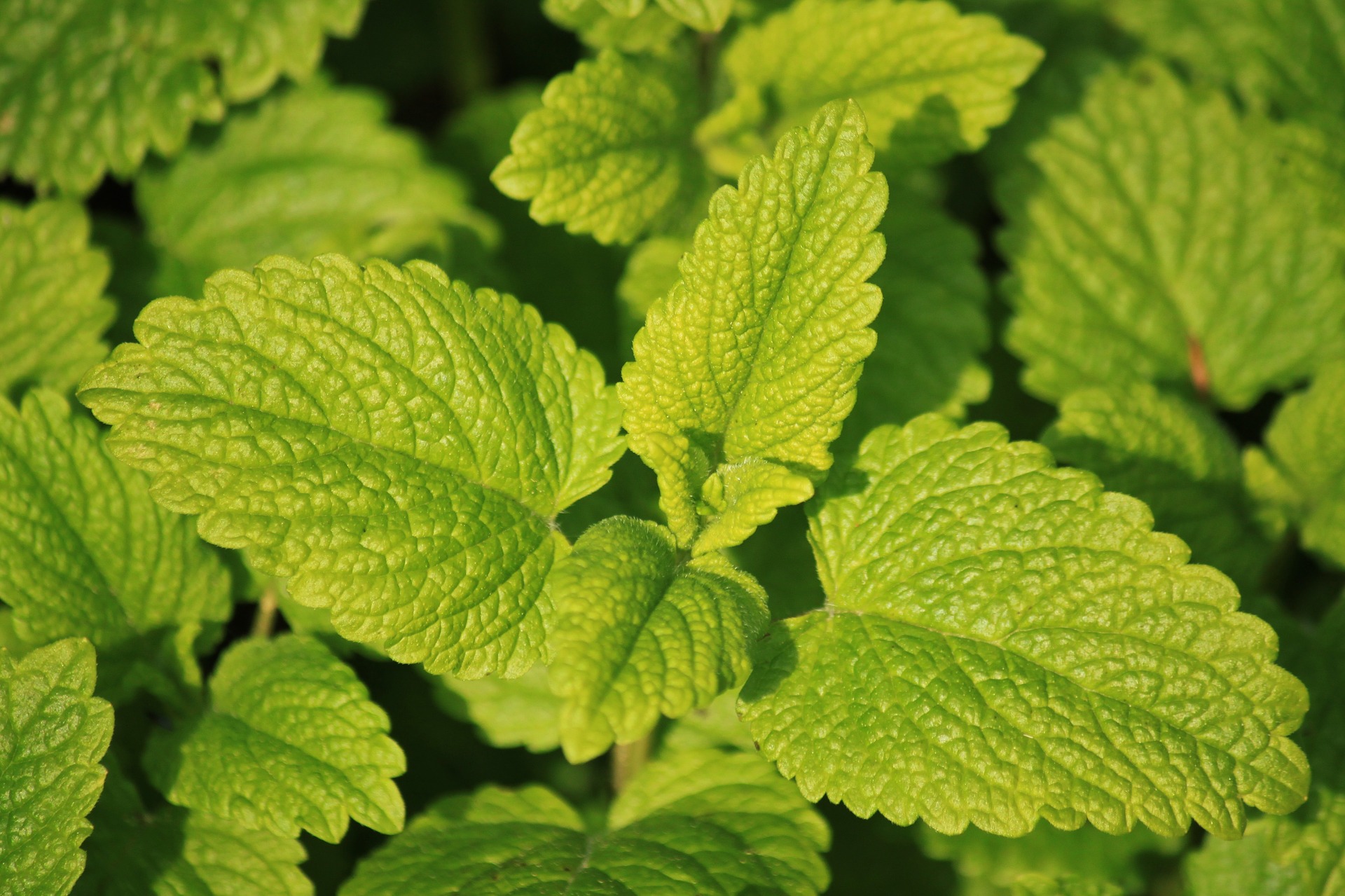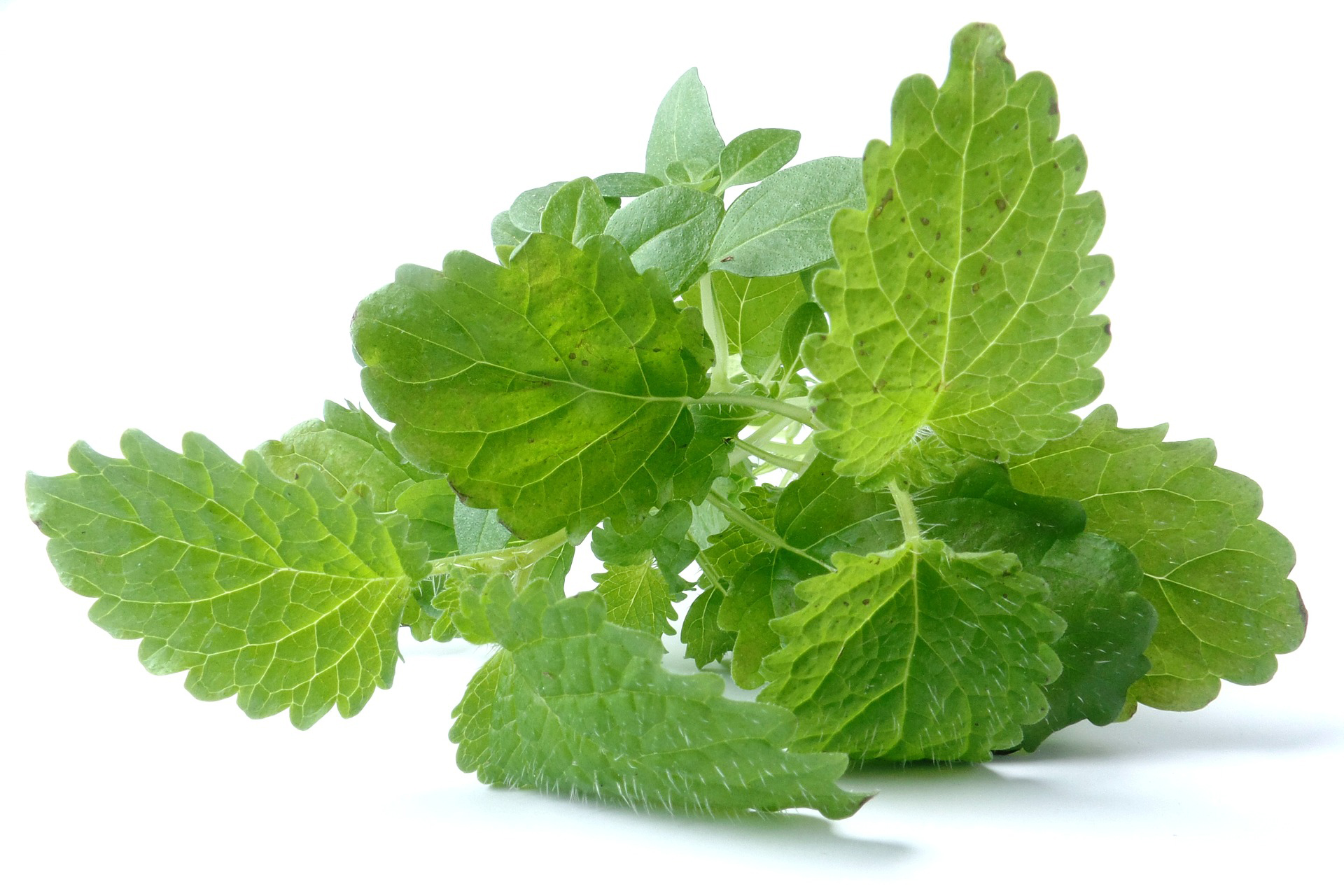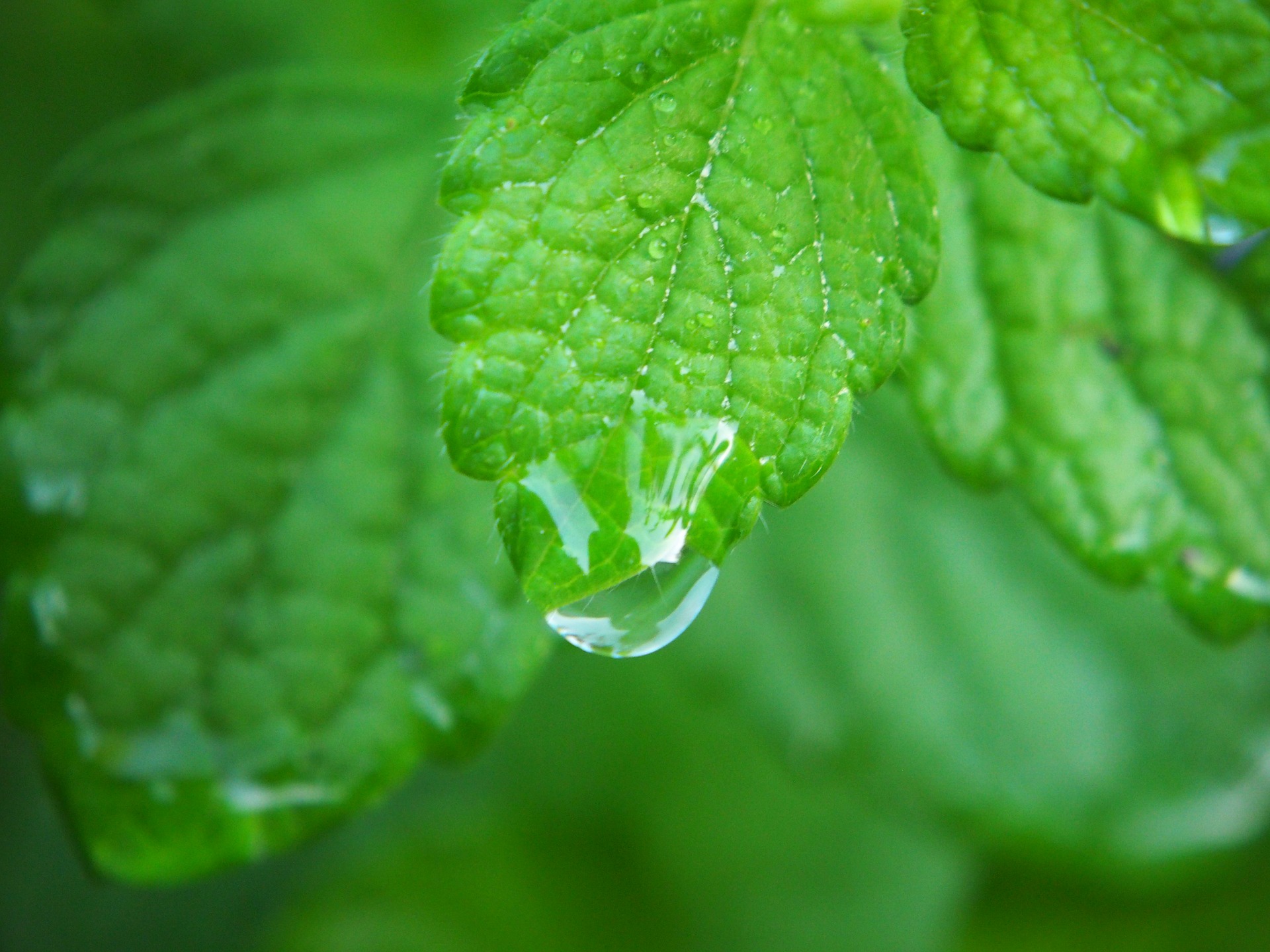Home > Lifestyle > Eats & Drinks > Uses for Lemon Balm
Uses for Lemon Balm

Back in 1653, English botanist Nicholas Culpeper wrote that lemon balm “causeth the mind and heart to become merry.” What better endorsement could there be for a plant?
Apparently, the International Herb Association agrees, bestowing the title of “2007 Herb of the Year” on this versatile and easy-to-grow plant that’s too often overlooked by modern gardeners.
I discovered lemon balm (Melissa officinalis) through my plant evaluation. I first discovered the wonderful garden merits of this plant in 1984 and have been growing it in my home garden ever since. Lemon balm is not the most beautiful plant, but I think the serrated leaves are pretty. I can’t resist grabbing one each time I pass to smell the lovely lemon scent.

Planting, growing and harvesting lemon balm
Lemon balm grows into a bush about 18 inches around. As a member of the mint family, it is a durable perennial that should last in your garden indefinitely.
A sunny spot in moist, but well-drained soil works best, but it can also tolerate drought really well – so you don’t have to coddle it. I like to use it in my garden and in containers around my patio area where it is easy to reach. A quick touch and the foliage releases its wonderful lemony scent.
Small white or pale yellow flower clusters attract bees and butterflies. Mine rarely flowers, however, because I cut it so often. I harvest my plants at least three times each summer and still have more than I can use from just one plant.
Lemon balm can be harvested 2 or 3 inches from the base of the plant, and each time it is cut it comes back with vigor! I like to use my lemon balm fresh, but you can dry cuttings and keep your extra harvest. Simply gather cuttings into groups of five to six stems, tie them together and hang the bunches in a warm, airy location. When dry, strip off the leaves and store them in a covered container. Use as needed.

Cooking with lemon balm
What to do with the leaves? They’re great for cooking. Use lemon balm in place of lemon peel in recipes and to flavor soups, sauces, vinegars and seafood. Or add it to your favorite sugar cookie dough for a delicious lemony tea cookie. I especially like to toss a few fresh leaves into a salad or a bowl of mixed fresh fruit or use it in a vinaigrette for marinades and salads. It also makes great herb butter.
A native of southern Europe and northern Africa, lemon balm is rich in antioxidants. It’s a popular ingredient in anti-aging products, dietary supplements, tinctures and ointments. It’s one of the main ingredients in liqueurs such as the French Benedictine and Chartreuse. It is also a common ingredient in herbal teas. A handful of fresh lemon balm and mint makes an excellent hot or iced tea, especially with honey.
You can also use the herb to bake a batch of lemon balm cookies or lemon balm bread, whisk up a quick lemon balm vinaigrette, or top your pasta with lemon balm pesto.
Dr. Sue Hamilton, director of the UT Gardens, writes the gardening column for Tennessee Home & Farm.




Thank you for sharing this information on the uses of lemon balm. I appreciate you.
[…] It is also a common ingredient in herbal teas. A handful of fresh lemon balm and mint makes an excellent hot or iced tea, especially with honey. You can also use the herb to bake a batch of lemon balm cookies or lemon balm bread, whisk up a quick lemon balm vinaigrette, or top your pasta with lemon balm pesto. via […]
[…] It is also a common ingredient in herbal teas. A handful of fresh lemon balm and mint makes an excellent hot or iced tea, especially with honey. You can also use the herb to bake a batch of lemon balm cookies or lemon balm bread, whisk up a quick lemon balm vinaigrette, or top your pasta with lemon balm pesto. via […]
[…] Use lemon balm in place of lemon peel in recipes and to flavor soups, sauces, vinegars and seafood. Or add it to your favorite sugar cookie dough for a delicious lemony tea cookie. via […]
[…] What to do with the leaves? They're great for cooking. Use lemon balm in place of lemon peel in recipes and to flavor soups, sauces, vinegars and seafood. Or add it to your favorite sugar cookie dough for a delicious lemony tea cookie. via […]
[…] Use lemon balm in place of lemon peel in recipes and to flavor soups, sauces, vinegars and seafood. Or add it to your favorite sugar cookie dough for a delicious lemony tea cookie. via […]
[…] I especially like to toss a few fresh leaves into a salad or a bowl of mixed fresh fruit or use it in a vinaigrette for marinades and salads. It also makes great herb butter. A native of southern Europe and northern Africa, lemon balm is rich in antioxidants. via […]
[…] Use lemon balm in place of lemon peel in recipes and to flavor soups, sauces, vinegars and seafood. Or add it to your favorite sugar cookie dough for a delicious lemony tea cookie. via […]
Thank you, my neighbor gave me a lemon balm plant, but it dried out. I put the dried leaves in a zip lock bag and put the roots back in the dirt and water the roots to see if it would sprout again. It really has a lovely lemon smell, but you can also smell the mint